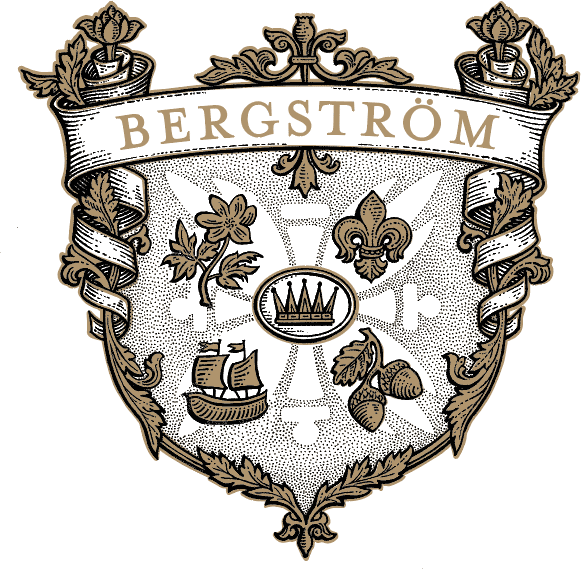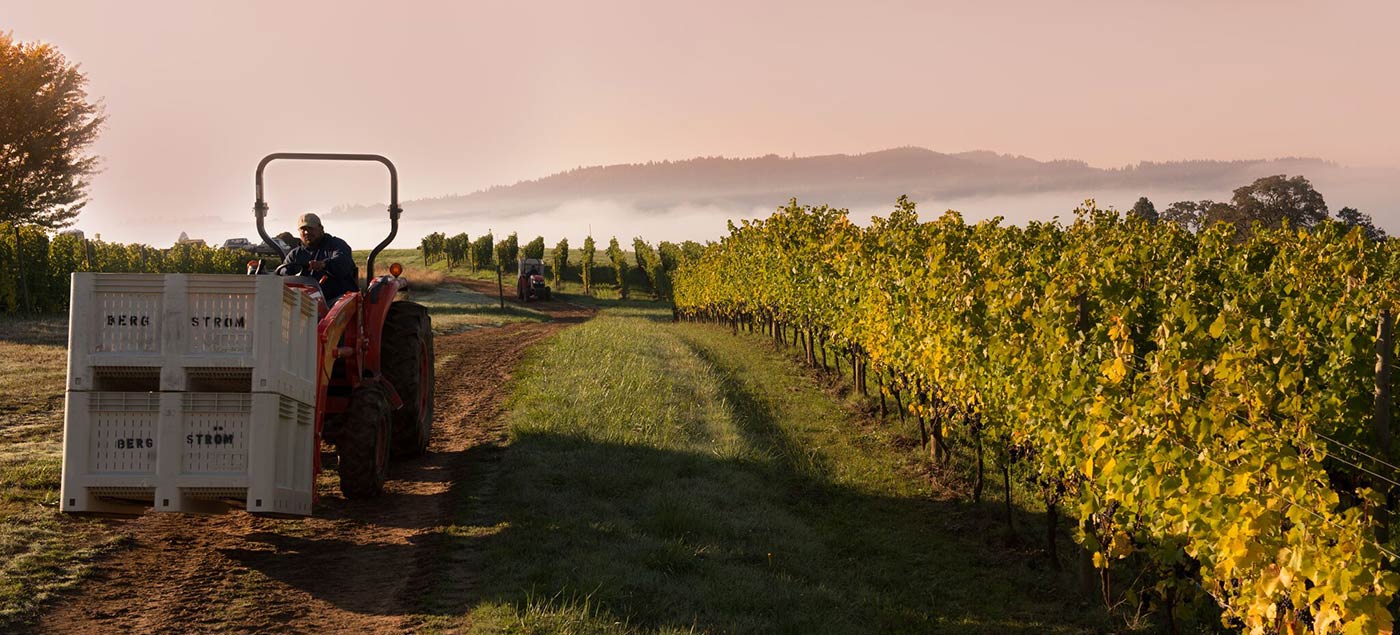As many of you may already know, I had the opportunity of a lifetime this fall as I was able to return to Burgundy to work the harvest at three of my favorite White Burgundy (Chardonnay) producing domaines. As Burgundy enjoyed a very early harvest and we, here in Oregon, are experiencing our potentially latest vintage in history, I figured it was as good an occasion as any to do two vintages in the same year, both in the Northern Hemisphere.
I chose to only visit and work at Chardonnay producing domaines as I am a devout Chardonnay fanatic (of the classic old world style) and a great lover of white Burgundy wines. I believe that the energetic elegance, laser-beam structure and seamless grace that can be captured in a bottle of Burgundian Chardonnay is unparalleled in the world of wine today. I also believe that Oregon’s potential for great Chardonnay production is not only envisionable but palpable. We are on the brink of something great here, and I had to go back to the birthplace of Chardonnay to make sure that I was on the right track…. or at least not completely kidding myself.
I have long looked to Burgundy for inspiration in my winemaking and winegrowing efforts. It was in Beaune that I lived and studied as a young postgraduate student in 1998 and 1999 and my wife (and business partner extraordinaire) Caroline is from Beaune and so our family is rooted on the Cote d’Or. As young winemaker, I would get psyched up for harvest every year by reading one of my favorite books on the Burgundian wines and winemaking techniques; “The Great Domaines of Burgundy” by Remington Norman. We grew up in this great Oregon industry drinking mainly the great Burgundian wines from the 1950’s and forward. For me, Burgundy was the apex of achievement in Pinot Noir and Chardonnay, and Oregon seemed to me be the torch bearer to carry that message forward.
But it only took a couple of vintages actually making wine in Oregon to realize that Oregon was not Burgundy. How disappointing! There were so many similarities, but even so many more differences that set my two favorite wine regions so far apart. It only took me 14 years of making wine in Oregon to accept the fact that you cannot make Burgundy in Oregon, and that notion was not only ok, but actually a very good thing. We make Oregonian wines, just as authentic and important a version of Pinot Noir and Chardonnay, and refreshingly different than Burgundy, or California for that matter.
Burgundy is special because it is Burgundy, with its incredibly lush history and traditions imprinted on every ancient rock wall that you pass by in every cobble stoned street of every village on the Cote d’Or. For hundreds and hundreds of years Burgundy has been making wine. It is their culture. 90% of all people who live in the Burgundy region are in the wine business in one way or another. Burgundy has been the favorite wine of every French leader from Napoleon to the string of Kings Louis to Emperor Charlemagne. Burgundy has been nurtured through centuries, from when it was just bare fields first planted to twigs that Romans brought to the area when they conquered the continent, to when the Cistercian monks and the church farmed and identified the best parcels, through the French Revolution and into today’s modern age. Burgundy is by no means an up and coming region for winemaking. It was discovered a very long time ago. Cellars across the world are filled with vintages of Burgundy going back to the 1800’s. I don’t think that there are many more surprises in store for wine consumers when it comes to Burgundy (unless you like price increases.) Burgundy is reference standard for Pinot Noir and Chardonnay tradition and history for sure, but whether it is reference standard for quality of winemaking is the topic that keeps Oregon, California and New Zealand winemakers hot under the collar.
Oregon, on the other hand, has just arrived on the world wine scene in the last 45 years. Many of our pioneers are still alive and producing wine…..and young. Oregon’s wine history is also rich and storied. Oregonians planted Pinot Noir and Chardonnay where they were told grapes would not grow. Our cottage style industry started at a level even below where grassroots start with just a handful of zealots and mavericks who “just knew” that they could create something special, in spite of all the warning signs. For many years we trained and worked in Burgundy and forged a solid relationship with that region. Many of the sons and daughters of famous French domaines who are now the young turks of Burgundy worked several harvests in Oregon. A few of the most famous Burgundian winemakers are now in Oregon making wine. Oregon has become the new world bastion for Pinot Noir and Chardonnay and is always reaching and striving and pushing to be better, to carve an independent path through the quagmire of the hundreds of thousands of wines crowding the marketplace today, and it is a very challenging but exciting place to live and work and make wine. The sky is the limit here, and unlike Burgundy, I think that we have many many years of surprises up our sleeves.
I am very proud to be making wine in Oregon, and in fact, I wouldn’t want to make wine anywhere else. Other than the lack of sunshine which drives us all to consume massive amounts of coffee and vitamin D pills every spring, it is one of the most pristine winegrowing environments I have ever encountered on all of my travels. But even with my great love for Oregon, I am constantly drawn back to Burgundy. It calls to me. And every year I long to go back and walk through the vines and the villages and smell the wet limestone on the still humid air. I cannot deny Burgundy’s perfume, like a siren’s song……. it makes me restless.
So I just had to take this rare opportunity to go back to Burgundy and work harvest for so many reasons. I had to see my second homeland, the one that I feel runs through my bloodstream, oftentimes literally. I had to see if I hadn’t become too jaded as a new world wine producer. I had to see what they were doing that was so different from us, why are our wines so similar and yet so far apart stylistically? I had to taste wine grapes to see what they considered to be ripe vis-à-vis what we consider ripe. Does Terroir really exist or is it just a French marketing ploy to sell wine in an every competitive market? Why do I love snails in garlic butter sauce so damn much? Many questions were on my mind as we boarded the flight for France. I was on a mission, and did not know what the outcome would be.
To be continued……


